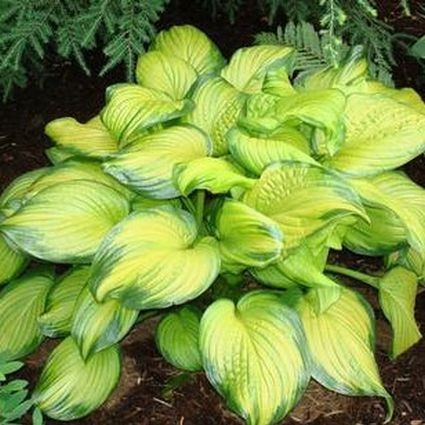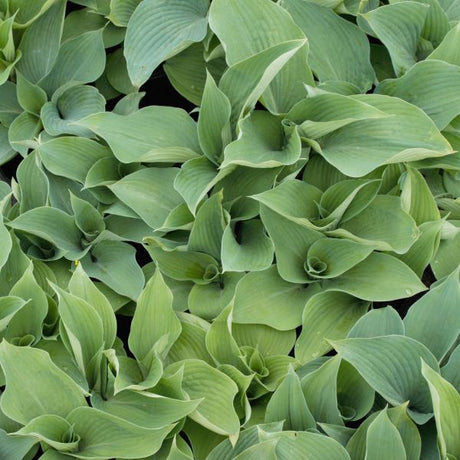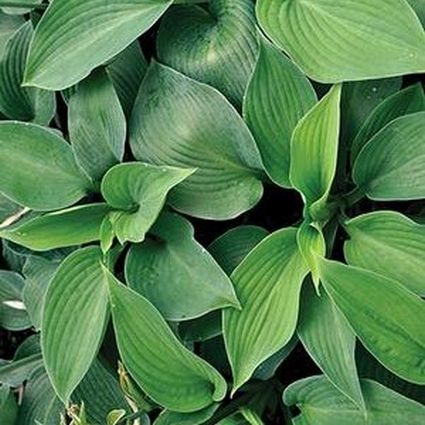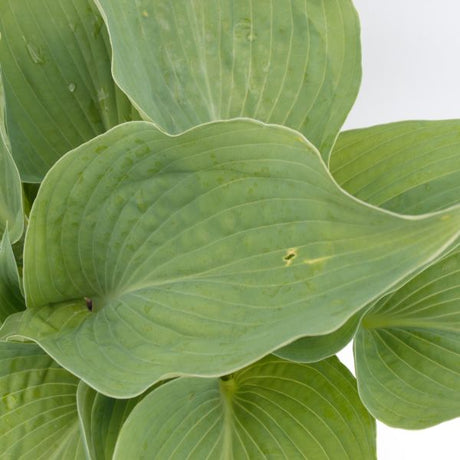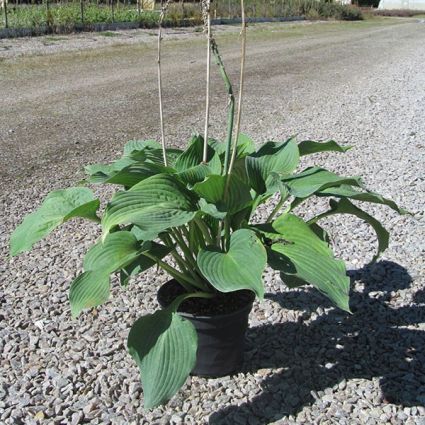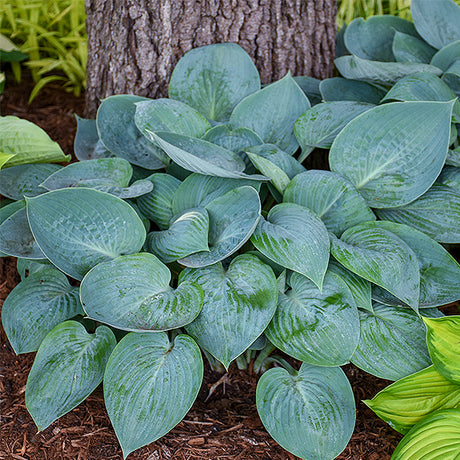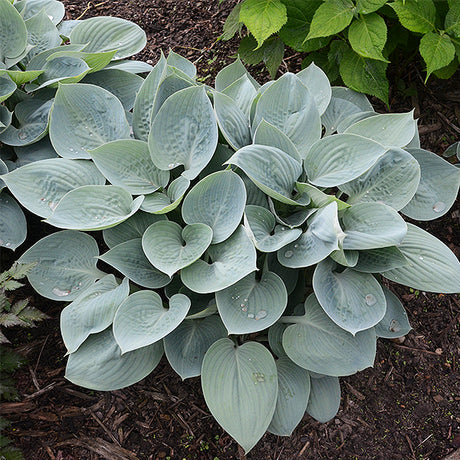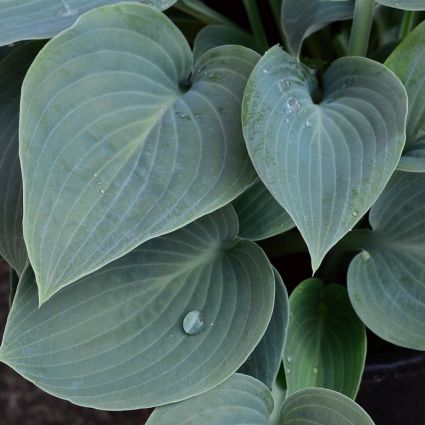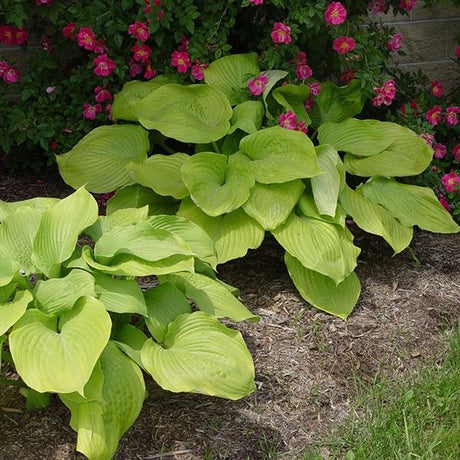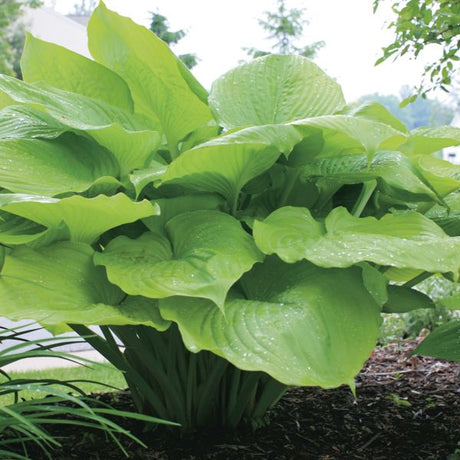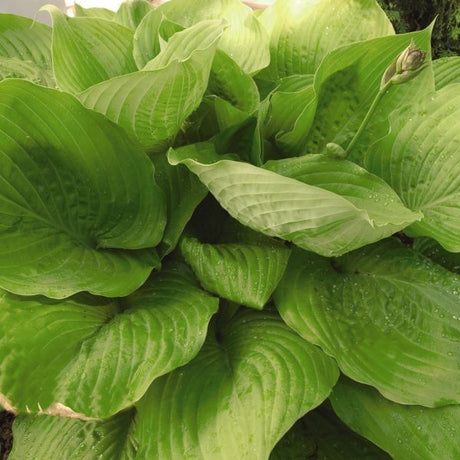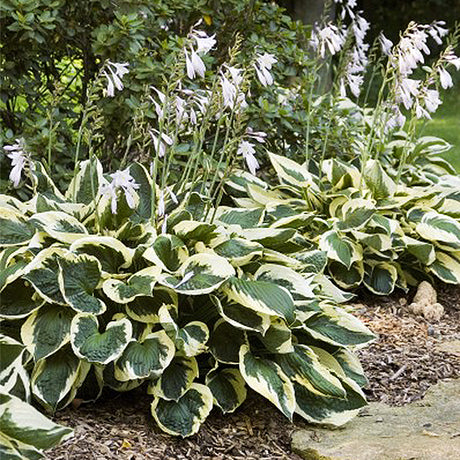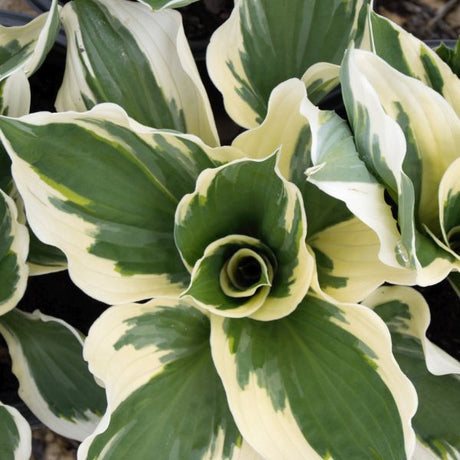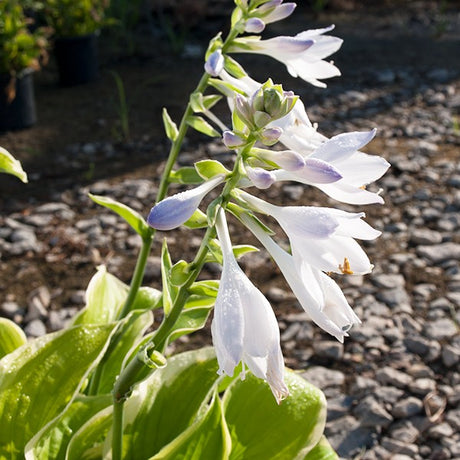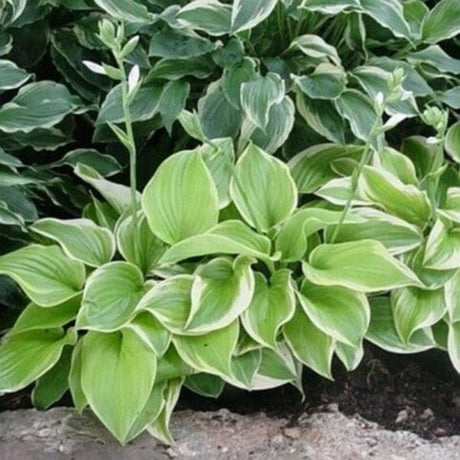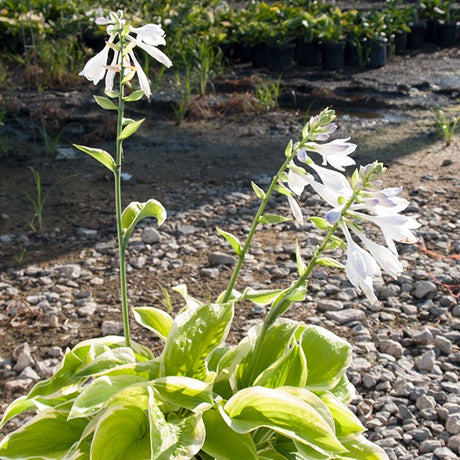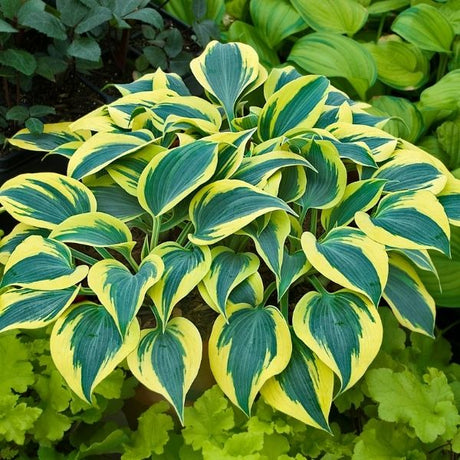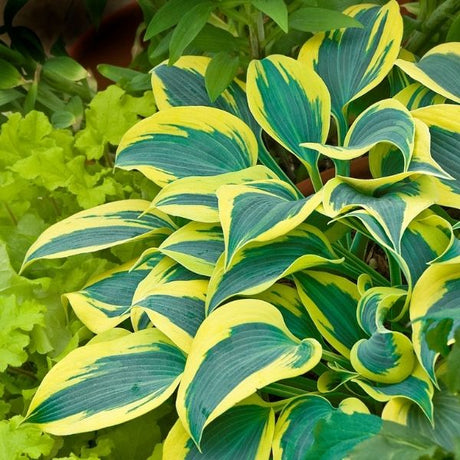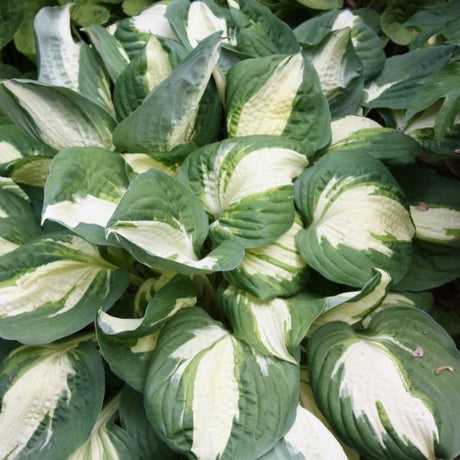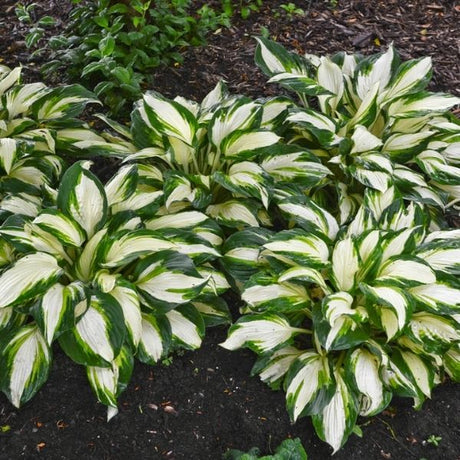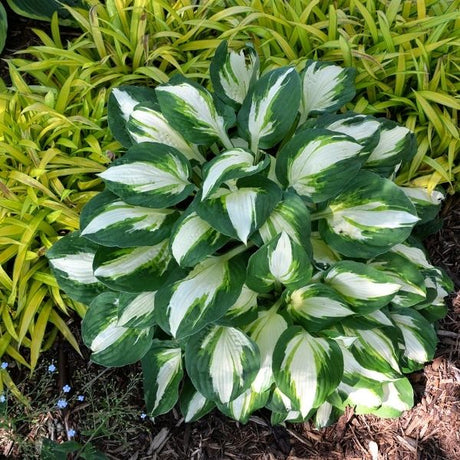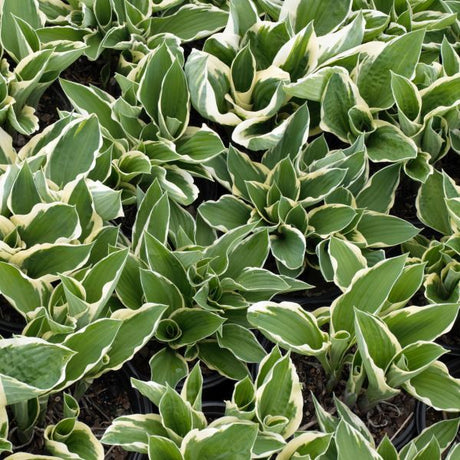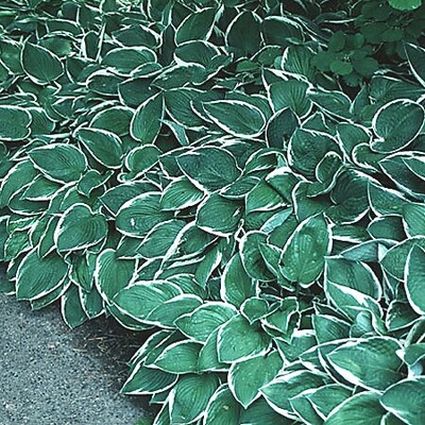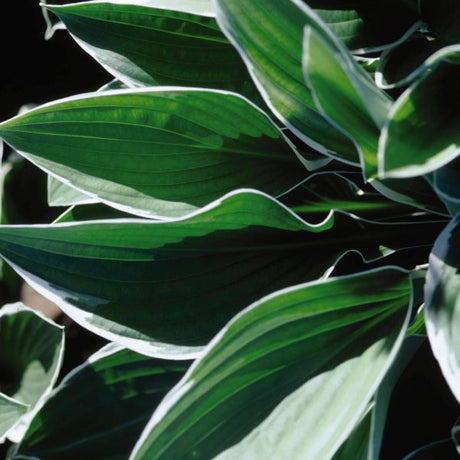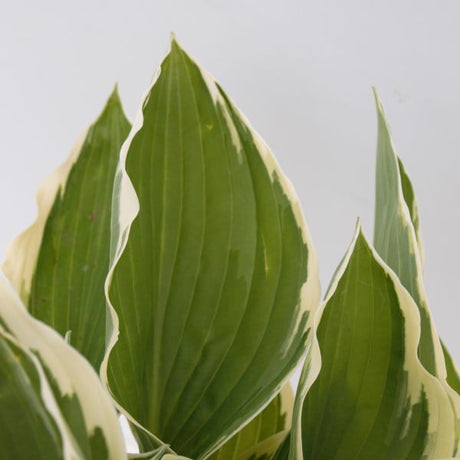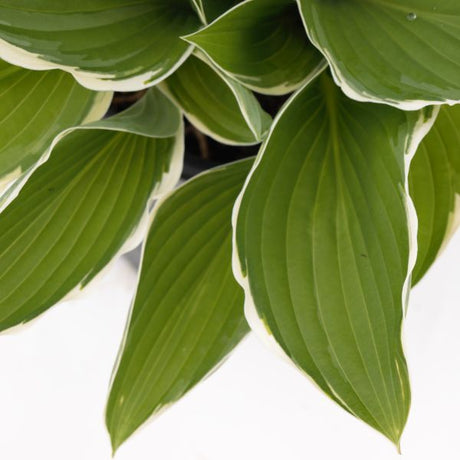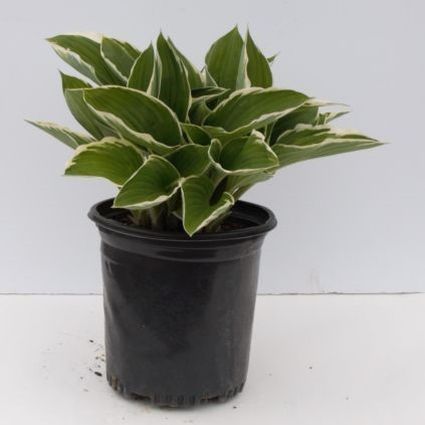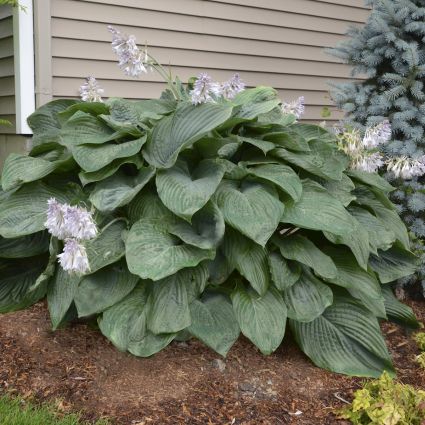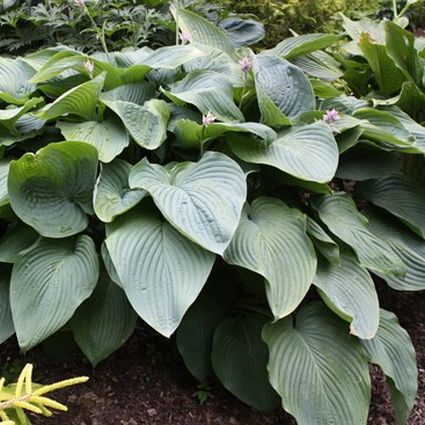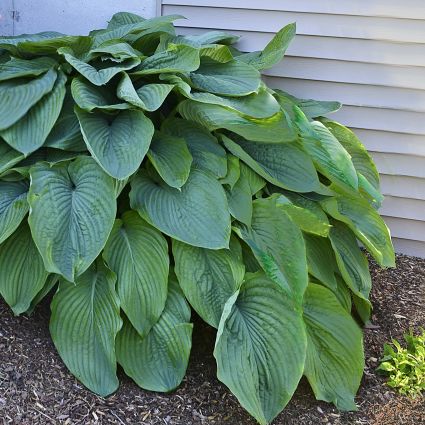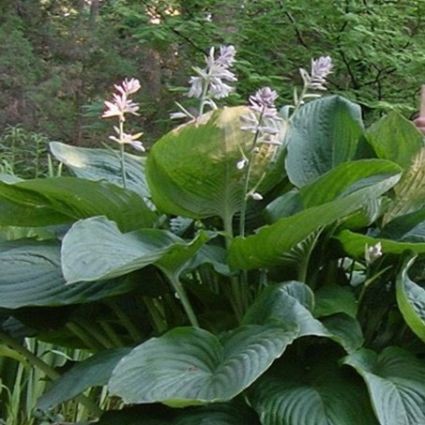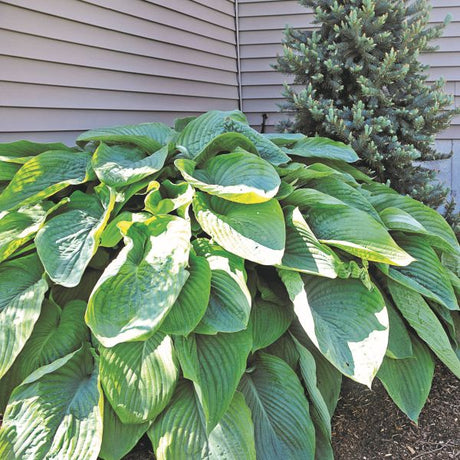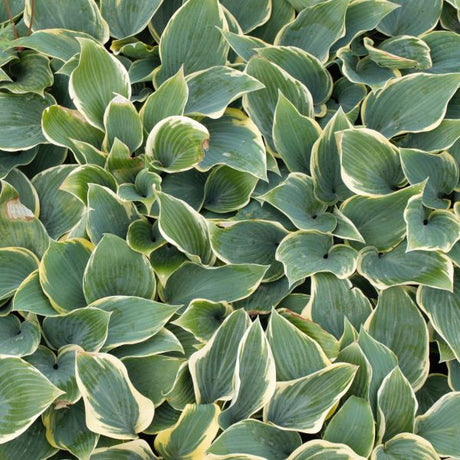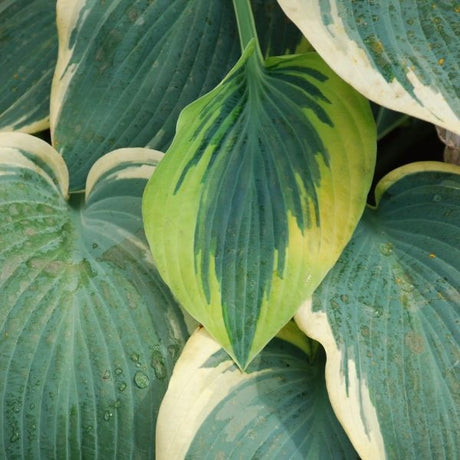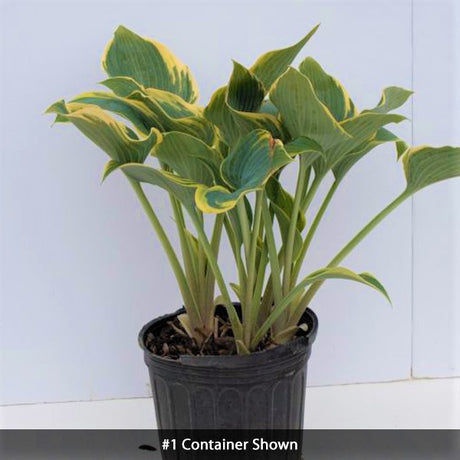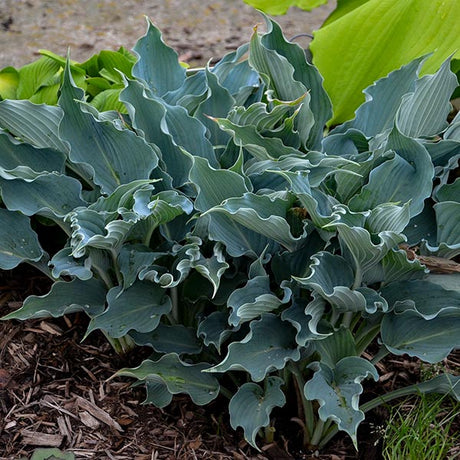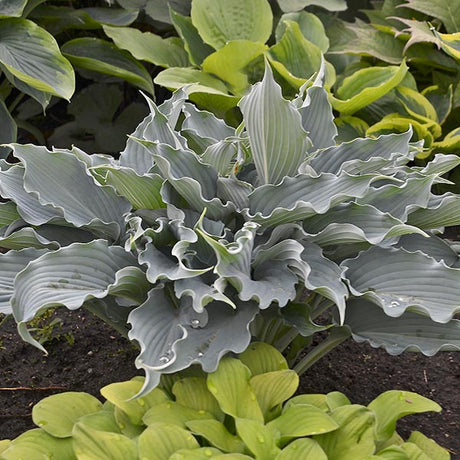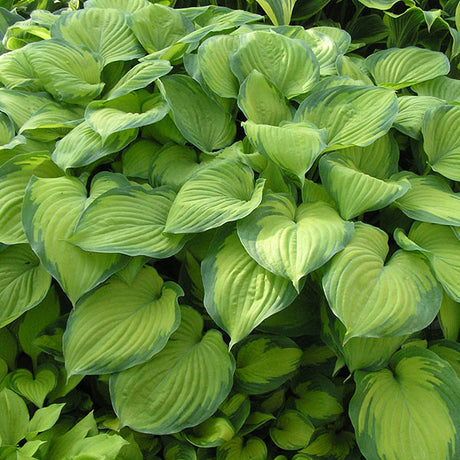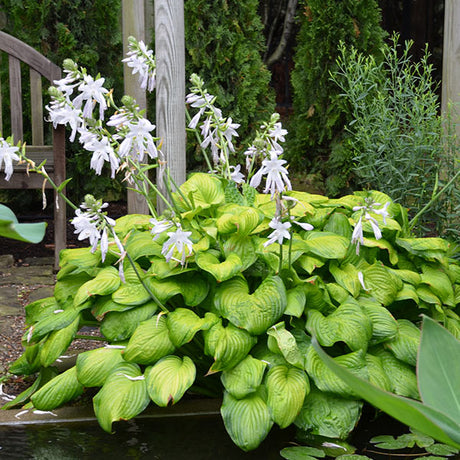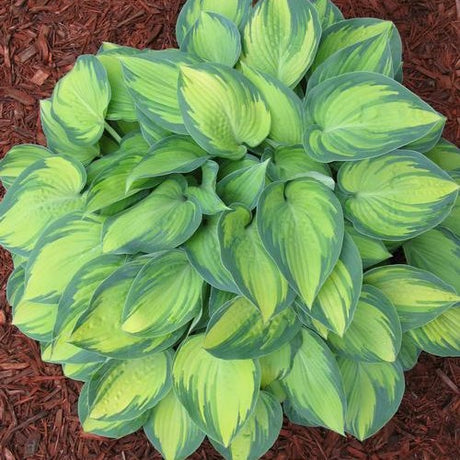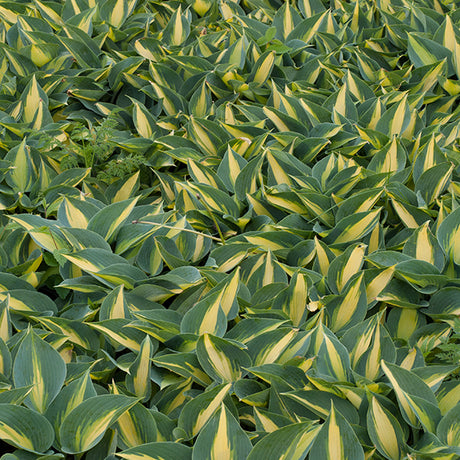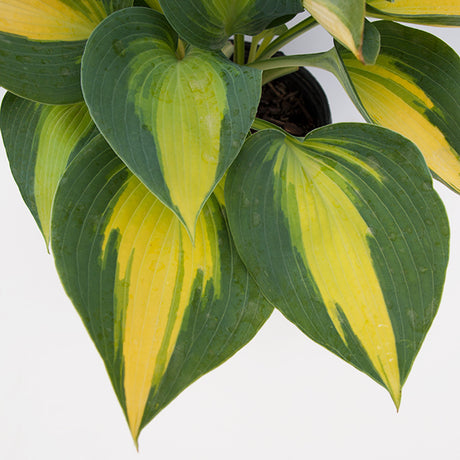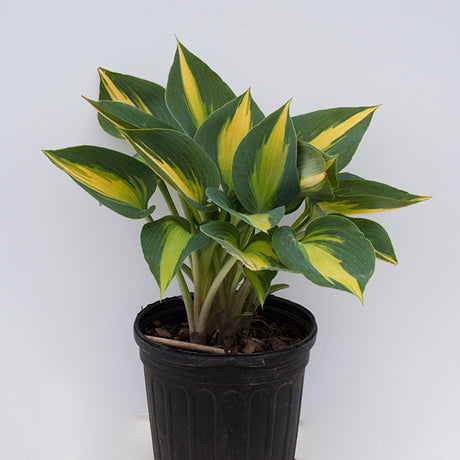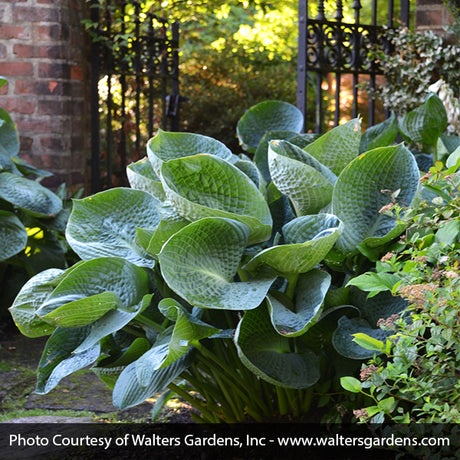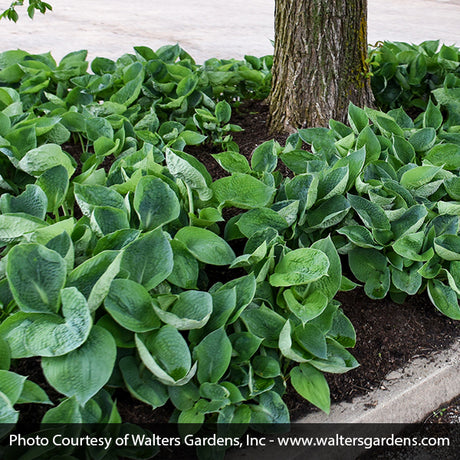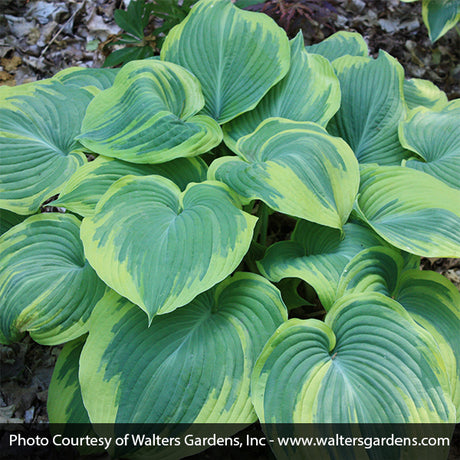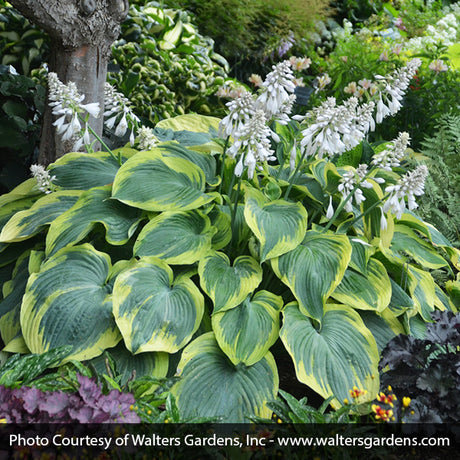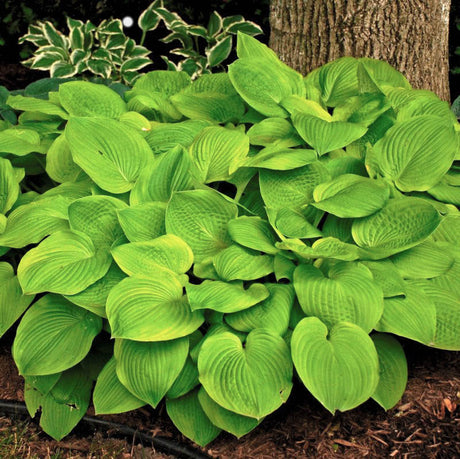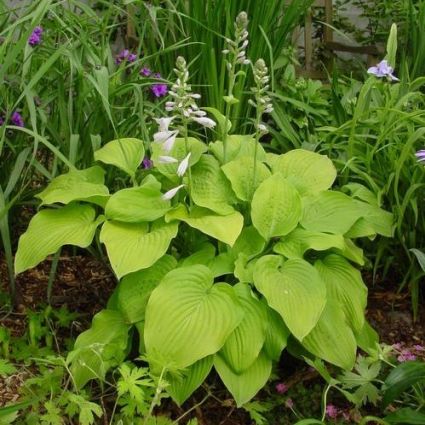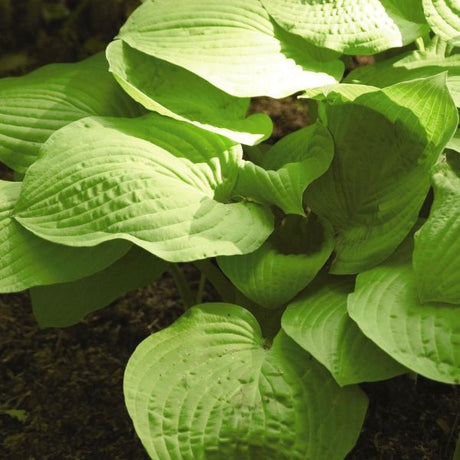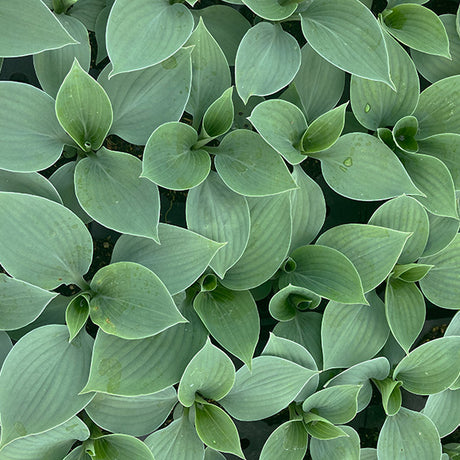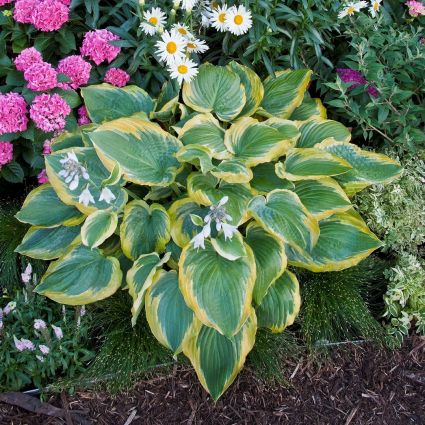- Up to 6% offNew arrivalSale price From $2753 Regular price $2939Unit price /Unavailable
- 11% offNew arrivalSale price $2732 Regular price $3075Unit price /Unavailable
- Up to 7% offNew arrivalSale price From $2953 Regular price $3171Unit price /Unavailable
- 20% offNew arrivalSale price $3089 Regular price $3845Unit price /Unavailable
- Sale price $2811 Regular price $3000Unit price /Unavailable
- Up to 15% offNew arrivalSale price From $2509 Regular price $2967Unit price /Unavailable
- 14% offNew arrivalSale price $2370 Regular price $2767Unit price /Unavailable
- 11% offNew arrivalSale price $2635 Regular price $2953Unit price /Unavailable
- 17% offNew arrivalSale price $2613 Regular price $3148Unit price /Unavailable
- Up to 14% offNew arrivalSale price From $2938 Regular price $3412Unit price /Unavailable
- Up to 20% offNew arrivalSale price From $2493 Regular price $3109Unit price /Unavailable
- 13% offNew arrivalSale price $2813 Regular price $3236Unit price /Unavailable
- 17% offNew arrivalSale price $3132 Regular price $3794Unit price /Unavailable
- 16% offNew arrivalSale price $2322 Regular price $2767Unit price /Unavailable
- Up to 15% offNew arrivalSale price From $3742 Regular price $4417Unit price /Unavailable
- Up to 8% offNew arrivalSale price From $2614 Regular price $2828Unit price /Unavailable
- Up to 10% offNew arrivalSale price From $2901 Regular price $3212Unit price /Unavailable
- New arrivalSale price From $2655 Regular price $2657Unit price /Unavailable
- Sale price $2496 Regular price $2859Unit price /Unavailable
- 2% offNew arrivalSale price $2624 Regular price $2671Unit price /Unavailable
- Up to 15% offNew arrivalSale price From $2986 Regular price $3500Unit price /Unavailable
- 9% offNew arrivalSale price $2953 Regular price $3256Unit price /Unavailable
- 20% offNew arrivalSale price $3127 Regular price $3922Unit price /Unavailable
- 16% offNew arrivalSale price $3125 Regular price $3714Unit price /Unavailable
- Up to 1% offNew arrivalSale price From $2480 Regular price $2500Unit price /Unavailable
- Up to 1% offNew arrivalSale price From $2634 Regular price $2657Unit price /Unavailable
- Sale price $2966 Regular price $3495Unit price /Unavailable
- Sale price From $2501 Regular price $2778Unit price /Unavailable
- Sale price $3583 Regular price $4182Unit price /Unavailable
- Regular price $000Unit price /Unavailable
- Sold outNew arrivalRegular price $3273Unit price /Unavailable
- Sold outNew arrivalRegular price $4482Unit price /Unavailable
- Sold outNew arrivalRegular price $3472Unit price /Unavailable
- Regular price $000Unit price /Unavailable
- Sold outNew arrivalRegular price $4064Unit price /Unavailable
- Sold outNew arrivalRegular price From $3977Unit price /Unavailable
- Sold outNew arrivalRegular price From $3977Unit price /Unavailable
- Sold outNew arrivalRegular price $7962Unit price /Unavailable
- Sold outNew arrivalRegular price $000Unit price /Unavailable
- Regular price $000Unit price /Unavailable
- Sold outNew arrivalRegular price $4065Unit price /Unavailable
- Regular price $000Unit price /Unavailable
- Sold outNew arrivalRegular price From $4488Unit price /Unavailable
- Sold outNew arrivalRegular price $4994Unit price /Unavailable
- Sold outNew arrivalRegular price $000Unit price /Unavailable
- Sold outNew arrivalRegular price $2799Unit price /Unavailable
- Sold outNew arrivalRegular price $2951Unit price /Unavailable
- Sold outNew arrival
Shadowland™ Diamond Lake Hosta
Regular price $5461Unit price /Unavailable - Sold outNew arrivalRegular price $000Unit price /Unavailable
- Sold outNew arrivalRegular price From $3266Unit price /Unavailable
FAQ's for Buying Hostas Online
Do hostas like sun or shade?
Do hostas like sun or shade?
Most hostas thrive in partial shade with morning sun and afternoon shade. However, sun tolerance varies by variety. Gold and fragrant hostas (like Sum and Substance, Guacamole, and varieties with Hosta plantaginea genetics) can handle 4-6 hours of direct sun. Blue hostas prefer more shade since their waxy blue coating degrades in intense heat and sun. For best results, provide consistent moisture if planting in sunnier locations.
How big do hostas get?
How big do hostas get?
Hostas range dramatically in size from 4-inch miniatures to 4-foot giants. They're classified into five official categories: Miniature (under 6" tall like Blue Mouse Ears and Mini Skirt), Small/Dwarf (7-10" tall, perfect for borders and containers), Medium (11-18" tall, the most common size), Large (19-28" tall like Blue Angel and Sagae), and Giant (28"+ tall, with Empress Wu reaching 40"T x 70"W). Most hostas reach mature size in 3-5 years.
Are hostas deer and slug resistant?
Are hostas deer and slug resistant?
While no hosta is completely deer-proof, thick-leaved varieties are less palatable to wildlife. For slug resistance, choose hostas with thicker, more textured leaves like Big Daddy, Sum and Substance, Brother Stefan, and other blue or heavily substanced varieties. Thin-leaved hostas are more susceptible to both pests. Proper garden hygiene and morning watering (not evening) can also reduce slug damage.
What zones do hostas grow in?
What zones do hostas grow in?
Hostas are incredibly hardy perennials that thrive in USDA zones 3-9, making them suitable for most of the United States. Cold-hardy varieties handle zone 3 winters (down to -40°F), while heat-tolerant varieties flourish in zone 9. Most varieties prefer zones 4-8. Use our zone filters to find hostas perfect for your climate.
When should I plant hostas?
When should I plant hostas?
The best times to plant hostas are early spring (as new shoots emerge) or fall (September-October). Spring planting allows roots to establish before summer heat, while fall planting takes advantage of cooler temperatures and consistent moisture. Avoid planting during peak summer heat. Hostas can also be divided every 3-4 years in spring or fall to propagate or control their spread.







